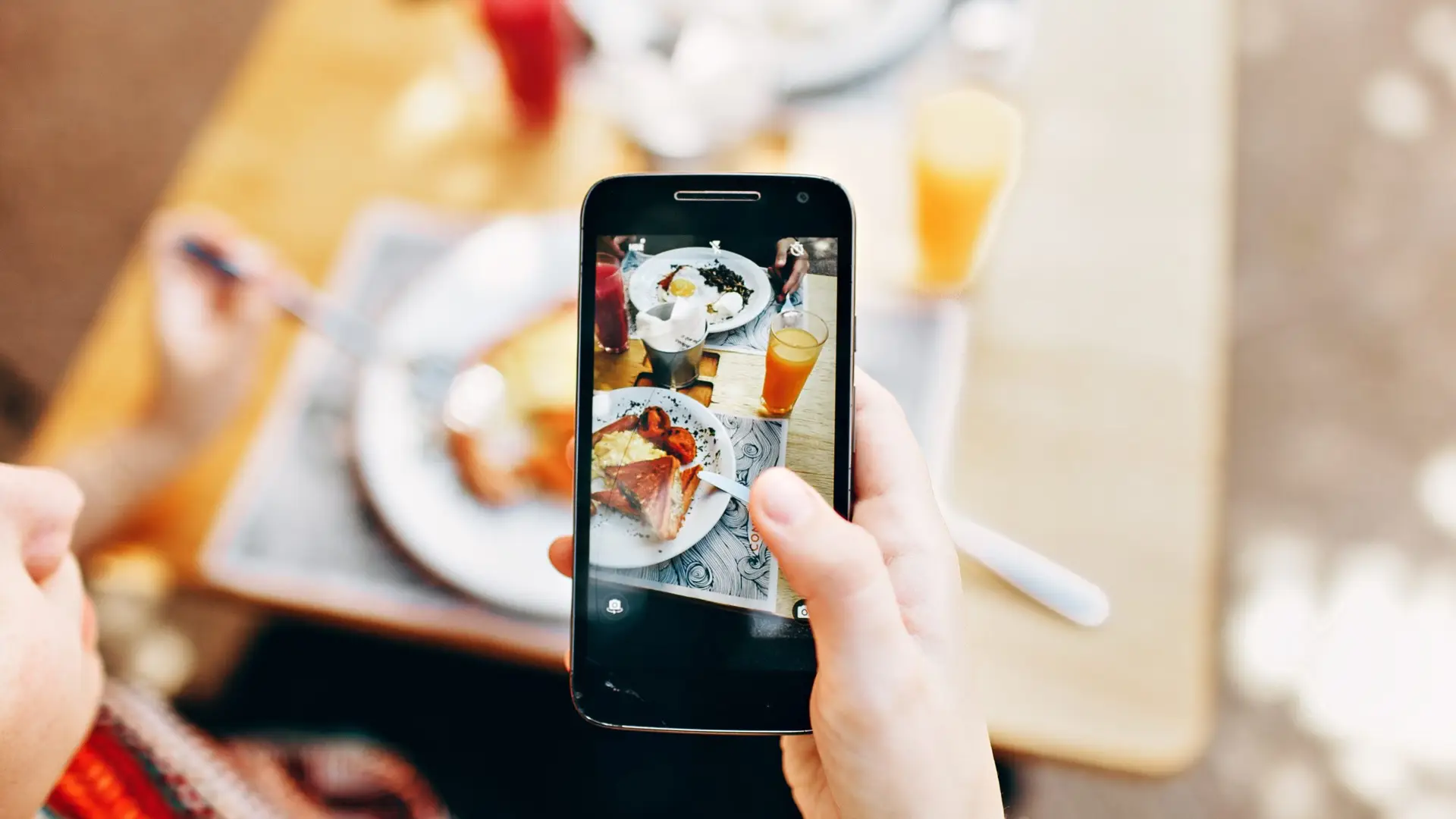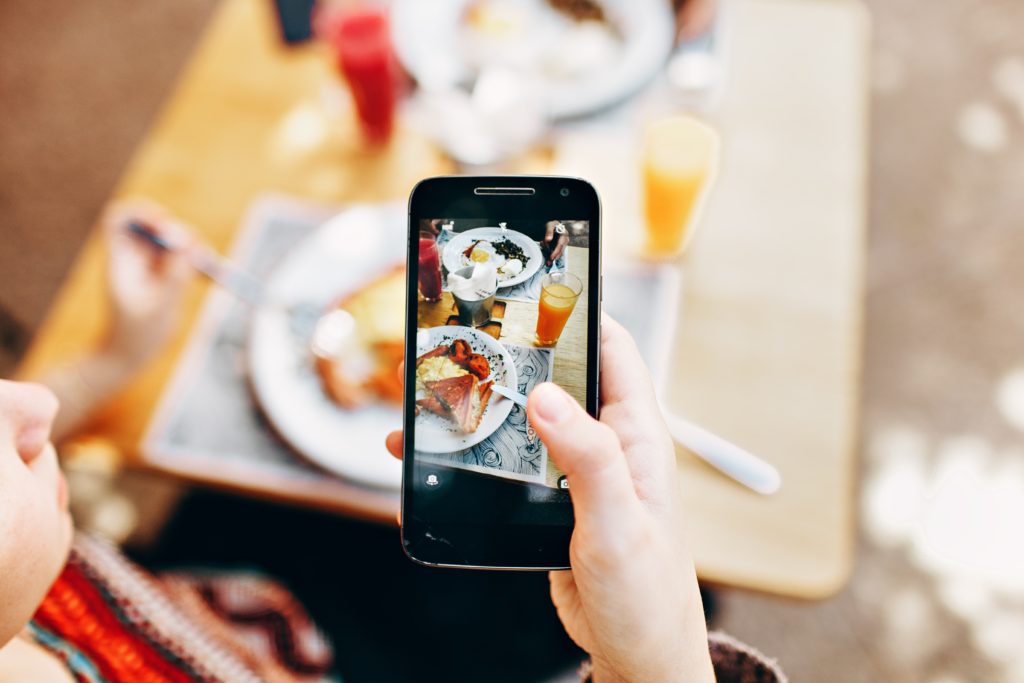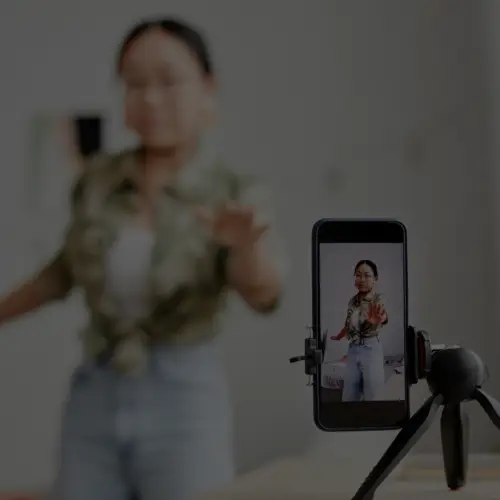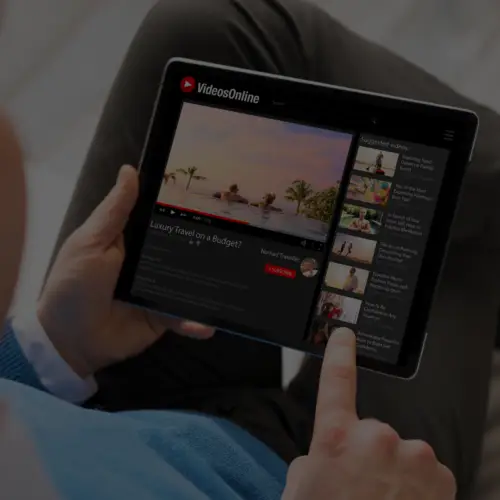
27 Sep 3 Social Media Statistics to Consider in 2020 Strategies
As the social media landscape continuously shifts, so must your brand strategy for operating on the various platforms. However, it can be difficult to stay on top of the constant stream of changes, updates, and additions coming from all the different networks, so to help you out we’ve compiled our key list of things to watch out for. Here are three social media statistics for 2020 that you’ll want to consider when mapping out your strategy.
1. Gen Z will account for 32% of the global population by 2020
This audience, generally comprised of those born after 1997, is expected account for more of the global population than millennials by the end of this year.
What does this mean for brands? As Gen Z enters the workforce, their buying power will increase, making them a potential key target for brands to reach and activate.

If you’re looking to target this group, keep in mind these behavioral traits:
- This group spends, on average, over 4 hours per day on their mobile device, the longest average of all generations
- 62% of Gen Zs use social media to keep up with and follow celebrities, making them a key audience for influencer marketing
- Gen Zs still watch 1.5 hours of broadcast TV per day on average, in addition to watching subscription services like Netflix at least once per day
2. The top 50 brands on Instagram now have the same audience size as the top 50 brands on Facebook
According to a recent report from Socialbakers, Instagram only continues to grow, with the top 50 brands on the platform now having the same audience size as the top 50 brands on its parent company’s site.
What does this mean for brands? While Facebook may still account for the majority of users and ad spend, Instagram’s influence – and users’ perceived growth in preference towards this channel – cannot be ignored in the greater social media landscape. A brand social media strategy that revolves heavily around Facebook will become less and less relevant in 2020.
3. 42% of consumers turn to private messaging first to share content with family and friends on social
In 2019, social media users continue to show growing preference towards private sharing , signaling that the impact of the Facebook/Cambridge Analytica scandal is still very much felt amongst consumers. It seems, too, that the social media platforms themselves are even encouraging this kind of social media sharing behavior with Facebook continuing to place an emphasis on its Groups feature, and Instagram rolling out its own private messaging app.
What does this mean for brands? For starters, it seems that consumers are still wiling to share on social media, which is a positive sign for brands. However, this data indicates that they are more selective about how, when, and with whom they share content. In 2020, you’ll want to keep a close eye on your engagement metrics to see if in fact your audience has shifted away from traditional likes and comments and towards private sharing. If that’s the case, it may be time for you to consider if your brand should be using Facebook Groups or placing paid media in Facebook Messenger Inbox.
As you head into Q4, consider these insights while mapping out any shifts or changes to your 2020 strategy. Want to take a deeper dive? Set up some time with one of our experts.






